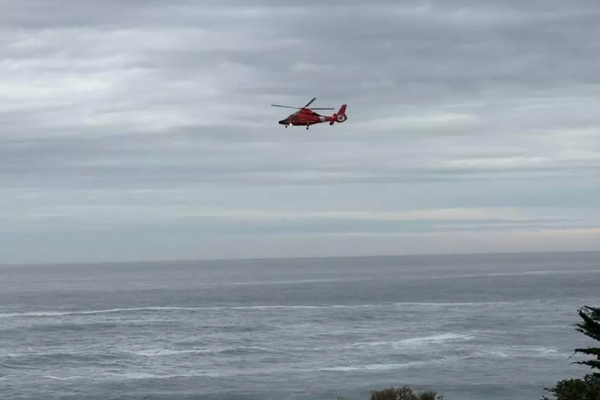When I first started to dive into the carbs on my 1985 Honda VF500F Interceptor, there were a few things I was nervous about. I didn't expect them to be super gunky inside, because although I had an intermittent stalling issue, the bike did truthfully run pretty smoothly when it was actually running.
Like, very smoothly. Not stumbling, not unpleasant in any way. Very nice.
It's just that I wanted it to stay running that nicely all the time, you know? And I didn't know when the carbs had last been tended to. The previous owner said they'd cleaned them, but some other questionable decisions they'd evidently made became clearer as we dove deeper into the bike. And they also made me realize I'd feel a lot better if I knew for sure.
You know how that goes, right? If you want a job done right, do it yourself.
Or at least, potentially, make some honest mistakes on the way to finding the correct answer yourself? Tee hee, but seriously, mistakes can be great teachers, and we shouldn't be afraid to make them if it means we're learning something from them. Right? Right. But I digress.
One thing I was definitely concerned about was the state of my intake manifolds. More than a few people working on VF500Fs have run into absolutely rock-hard rubber on theirs, and while many parts aren't too bad to find for these even 40 years after the fact, those manifolds can be a bit of a pain. Sometimes used ones turn up on eBay and elsewhere, but then the problem is that you don't know if they'll be in significantly better condition than the ones you already have, since they'll be the same age. And rubber, well, it doesn't exactly age well.
Thankfully, in my case, my manifolds were actually in great shape. Very pliable, no rips or tears or other damage. I don't think they're the original ones, but they thankfully seem to be pretty OK (unlike my plenum, which I'm currently in the process of fixing a replacement for; long story I'll tell another time).
For those unfamiliar, if you haven't totally tuned out and clicked on to read another story: Intake manifolds that are seated properly and are not damaged are a crucial part of having an engine that runs smoothly. If your intake manifolds have cracks in them, they'll allow more air into the fuel-air mixture than should be present, and you might end up with a lean running situation. Controlling the fuel-to-air ratio is key, and it's also part of why carb tuning can be seen as something of a dark art.
Anyway, all that is to say that I'm thankfully not having the same problem that BJ of Brick House Builds was experiencing with his vintage Honda GL500. Unfortunately, that bike had some extremely funky and relatively unobtanium intake manifolds that also had some pretty bad cracks in them.
I say 'had', in the past tense, because he applied a really interesting fix that he shows off in this video. It's basically using gigantic marine heat shrink tubing (the kind with adhesive on the inside; heat shrink tubing comes in various sizes and types, and not every kind has adhesive) to repair the cracked rubber by adding an extra protective seal on the outside.
Does it work? After riding a few hundred miles, so far from his testing in Missouri, it seems to be holding up. While I'm glad I don't currently have a need to try this fix for myself on any bikes I currently own, I will definitely keep it in mind for the future, in case I ever do. It seems incredibly elegant, so here's hoping it's helpful to someone reading this down the line, too.
Have you ever used this fix on a cracked, hard-to-find intake manifold situation of your own? Or do you have other fixes that you swear by from working on your own bikes? Or, third option, do you have any particularly nightmarish stories of cracked intake manifolds that you'd like to share with the class? I'll get the popcorn if you'll tell all in the comments.








